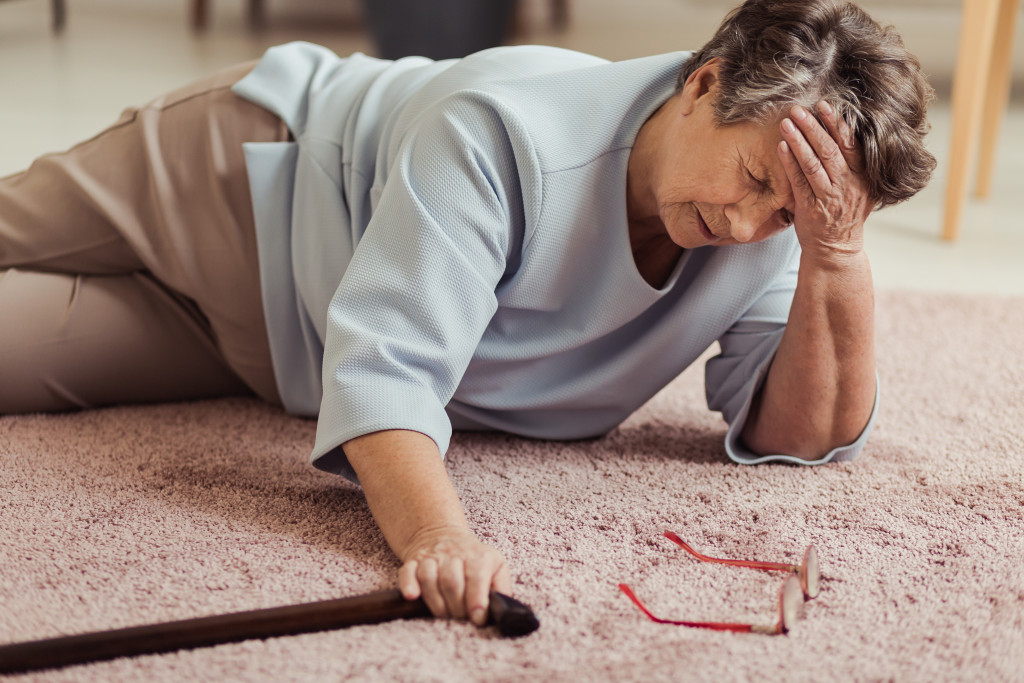According to recent studies, more people suffer from acute and chronic pain each year. This piece of information isn’t that surprising, given the increasing pressures and stress we experience in everyday life. According to a survey by the Global Burden of Disease, diseases related to pain are the primary cause of disability globally, which explains the increasing number of people living with chronic pain.
The statistics went higher when the COVID-19 pandemic happened in 2020. More people suffered from mental health disorders, such as loneliness, social isolation, depression, and sleep problems. These conditions lead patients to experience persistent pain, especially those suffering from severe depression.
The good news is that healthcare experts have introduced various ways of dealing with mental health disorders combined with chronic pain. Some do meditative exercises, visit massage parlors, consult a professional chiropractor, or keep themselves busy with their favorite hobby.
Whatever you’re going through, it’s important to know the best techniques to manage pain and mental well-being while at home. With that in mind, here are some tips for living with chronic pain and mental health issues.
Meditation exercises
Meditation and mind-body techniques are effective ways to help the body relax, which helps in easing pain and reducing stress. This causes the tightness and tension to seep through your muscles as your body goes on full relaxation mode. It also relieves aches and muscle spasms by releasing endorphins, also known as the body’s natural painkiller.
While there are plenty of ways to meditate, the repetitive exercises of other types of meditation bring a soothing power to the body. Ignoring thoughts, being present, repeating a phrase or word, and focusing on breathing drive the body and mind to relax. Although you can do meditation by yourself through an application or an instructional video, attending meditation classes or mindfulness workshops is better.
Unlike other forms of meditation, the great thing about taking classes is it provides access to a skilled instructor who can offer assurance, answer questions, and provide tips for integrating meditation into everyday life. They also use meditation instruments, calming scents, and carefully handpicked music to further enhance the experience and create a peaceful space that actively brings relaxation.
Relaxation techniques
Dealing with acute or chronic pain can be inconvenient and stressful for many reasons, such as the feeling of not being in control of your discomfort. Like meditation exercises, relaxation techniques help ease pains, aches, muscle spasms, and muscle tension. They release endorphins, also known as the body’s natural painkillers. Through relaxation, you get rid of stress and the burden caused by chronic pain while stimulating restful sleep.
Deep breathing is an effective relaxation technique. Just simply look for a quiet environment, block out unnecessary thoughts, and find a comfortable position. As you breathe, you allow your body to get rid of stress and send a message to your mind to calm down. Once you get used to it, you can always do deep breathing if you feel stressed or restless, even if you’re outside your comfort zone.
Other forms of relaxation techniques for chronic pain include progressive muscle relaxation, thinking calmly, and calming activities. Singing, dancing, and laughing are also relaxing exercises to make you feel good. You can also try crafting, reading a book, or having a warm bath.
Stress management

Negative emotions, such as stress, anger, anxiety, and depression, drive a person to become extremely sensitive to pain. The body overreacts to painful stimuli, which increases the feeling of pain. Listening to calming and soothing music is an effective mood booster and makes chronic pain more tolerable. You’ll find many guided audio and videos online for stress management. You can also try guided imagery, also called mental imagery relaxation, a type of focused meditation or relaxation that involves concentrating on a specific image, experience, or sound to calm your mind. This allows your mind to escape negative thoughts and put it in a state of peace and calmness.
Daily exercise
Most of us think the benefits of exercise are limited to weight loss and the prevention of chronic diseases, such as heart problems, diabetes, and hypertension. The truth is that regular exercise also helps in boosting pain relief. Endorphins are brain chemicals that block pain signals and improve mood. It has a pain-reducing effect, which strengthens muscle while preventing further pain and re-injury. When choosing an exercise routine, make sure the activity won’t put much pressure on your body. People with certain health conditions should be careful about choosing the type of exercise they engage in. The best thing to do is to ask a physical therapist to know the ideal exercise routine for you.
The examples above are one of the many ways to help you manage your pain and mental well-being. When picking an activity, make sure to do it regularly and try other techniques to maximize all benefits.

